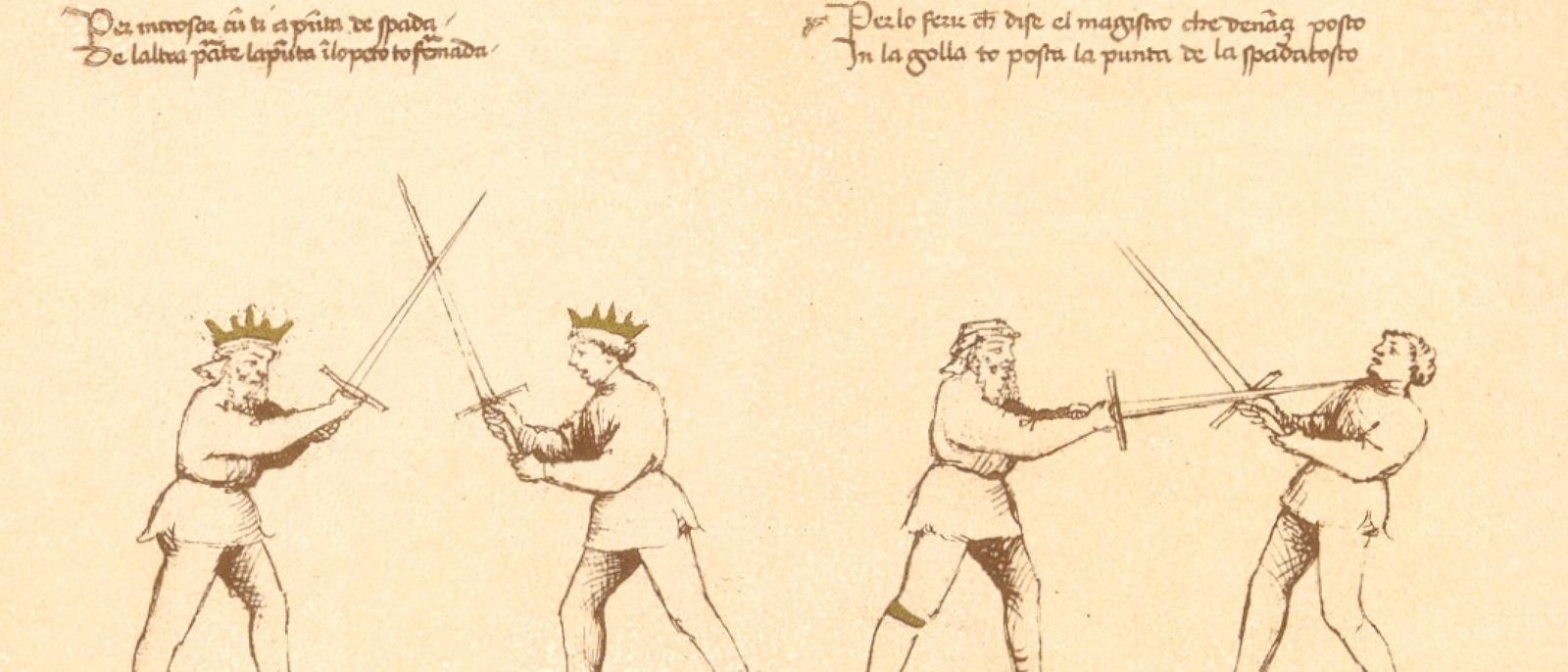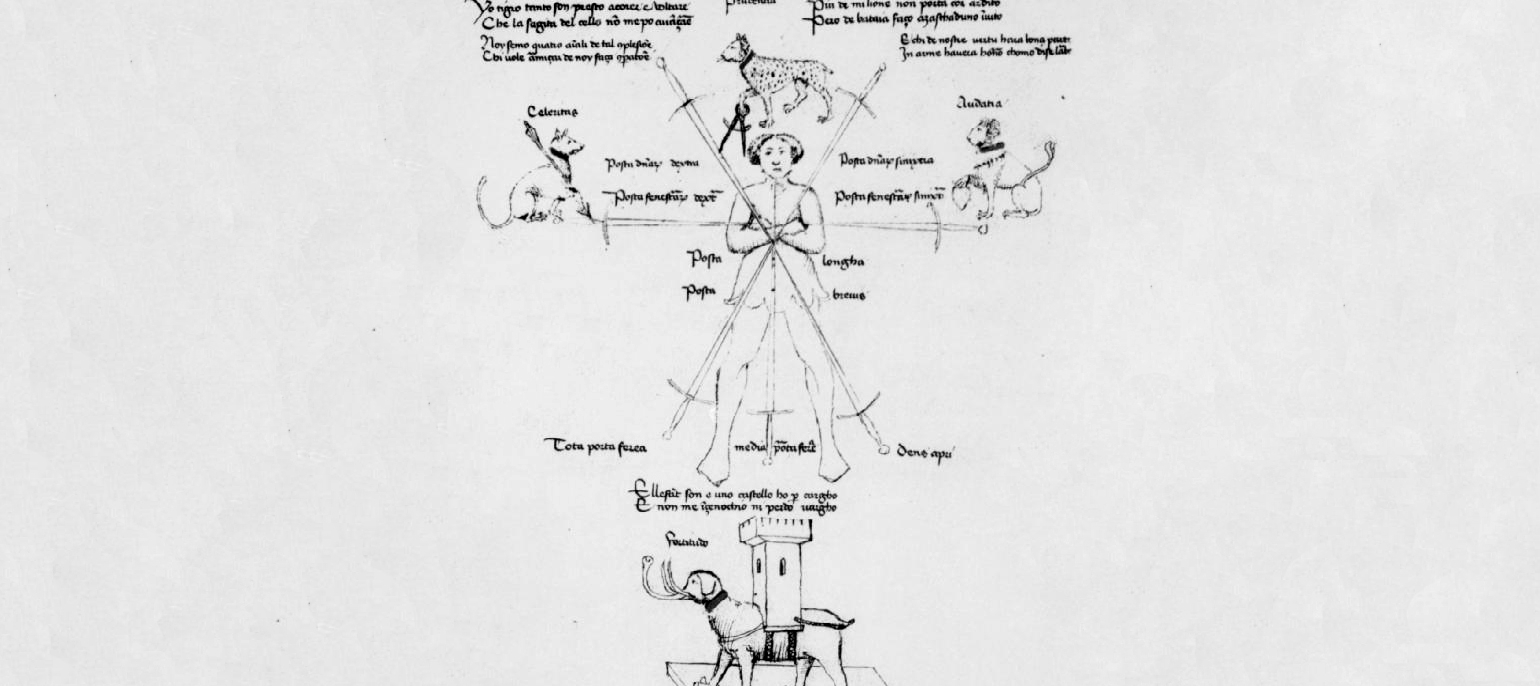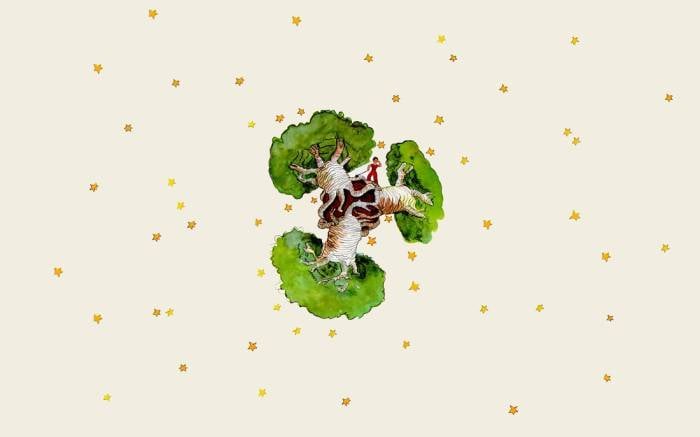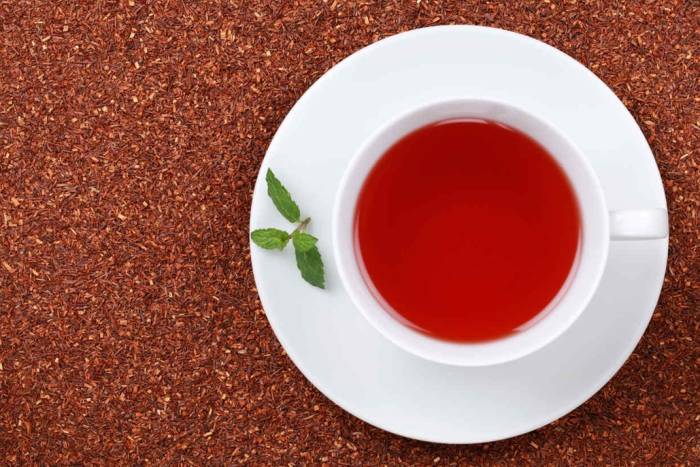Flower of Battle: the Exquisite 14th Century Italian Manual for Warriors
The result of a rich tradition of warrior-thinkers, this book is a gem to admire and appreciate.
In the turbulent 13th and 14th centuries, Italy was engaged in wars among principalities, as was much of Europe: that period however saw the birth of some of the most interesting cultural movements of the time, incarnated in the archetype of Renaissance artist Leonardo da Vinci, a man of many facets and great sensibility. It was within that context that the figure of the gentleman Fiore Furlan dei Liberi da Premariacco and his book Flos Duellatorum (“The Flower of Battle”) emerged and could be included in the same section of texts as the premises of Machiavelli for good government (The Prince).
We must also recall the anthologies of poetry that date back to the antollogein of the Greek verbal expression, where diverse “flowers” (poems) were chosen and linked together on one branch: the book. The title Les Fleurs du Mal by Baudelaire is a direct nod to that tradition. And what is that tradition? That of the “manuals,” which in the case of Liberi appeared as a manual of martial arts.

The book is heavily illustrated and also recalls a recent book that is compared to that manual, the famous Tao del Jeet Kune Do by Bruce Lee, and which takes its place within a tradition of fighters/thinkers that see the art of combat as both a mental and physical strategy, indicating the steps that young apprentice warriors should take in their preparation. And this is also reminiscent of the oft-quoted The Art of War by Chinese general Sun Tzu (4th century B.C.)
The autobiographical background, in the case of Liberi, also serves as a way of presenting the diverse sections of his treatise:
As a young man I desired to learn armed fighting, including the art of fighting in the lists with spear, pole axe, sword, dagger and unarmed grappling, on foot and on horseback, armored and unarmored. In addition I wanted to study how weapons were made, and the characteristics of each weapon for both offense and defense, particularly as they applied to mortal combat.
Liberi doesn’t beat about the bush: the aim of this book is to “make you invincible, for victory comes easily to a man who has the skill and mastery described above.”

His mentors were a series of characters he met during his travels through Italy and Germany, many of which revealed to him their secrets simply by fighting them. The book is thus a series of pedagogical notes on Liberi’s teachings of nobles, knights and free men in different countries, as:
It’s my opinion that in this art there are few men in the world who can really call themselves Masters, and it is my goal to be remembered as one of them. To that end I have created this book all about this martial art and the things related to it, including weapons, their applications, and other aspects too.
Educate the mind for the rigor of battle, or let the battle be the avid teacher that allows the spirit to acknowledge its own limitations and overcome them?
Although Liberi’s manual could today appear to be just a curiosity (after all, the art of warfare is in the hands of the military and technocrats with zero sense of ethics or of the value of human life), but it is a great opportunity to remind us that the warrior is also a generous being that fights for their own life but is also willing to teach and train students. And although it is an eminently practical work, The Flower of Battle is also a reminder that all books have an autobiographical element and all readers are transformed into the author of the book that they read by bringing it close to their own lives.
Related Articles
Why shrinking the size of life is synonymous of well-being
One of the great misunderstandings regarding modern spirituality is that to achieve it requires many things: readings, food, exercise, travel, groups and techniques. But perhaps it should be suggested
What is energy medicine yoga?
Energy Medicine Yoga (EMYoga) is slightly different from other types of Yoga, but it provides the same benefits in addition to a few very specific ones. One of them is that it gives you much more in
Red tea, the best antioxidant beverage on earth
Red tea is considered to be the most unusual of teas because it implies a consistently different preparation process. ––It is believed that its finding came upon surprisingly when traditional green
Is the internet on the verge of self-awareness?
More than 50 years ago, Marshall McLuhan described technology as an extension of our brains, constantly mutating and branching out. “These new media have made our world into a single unit,” the
How art can help us to age, healthy
Perhaps many of us already well know the formula for aging in health and wellness. A balanced diet and, as much as possible, one that’s natural. Keep our brains active and stimulated. Preserve and
Earthanima: documenting the living language of nature
The basic intuition that the Earth is alive and that nature has a language through which it communicates with us is what prompted this wood-art project named Earthanima. For the past couple of years
Dialogue with the Dalai Lama on science and spirituality
The Dalai Lama has been interested in science since he was a child. Over the years he’s visited many laboratories and has attended conferences that discuss consciousness from the scientific point of
Brian Eno's literary recommendations to rebuild society
Artists and authors often get asked what books or records they’d take with them to a deserted island. On principle, this is naturally an extreme anthology: urgency and tragedy guide its selection. It
Bill Mollison, natural ideologue and father of permaculture
Permaculture has established itself as a path towards communitarianism, but one that is in full symbiosis with nature. In practice, it is more than just a combination of agriculture, horticulture
A New Year's resolution for the earth
Worrisome quantities of waste are generated by human populations. Especially in cities, these have reached unprecedented and alarming levels. A largely uncontrolled practice, it affects everything on










